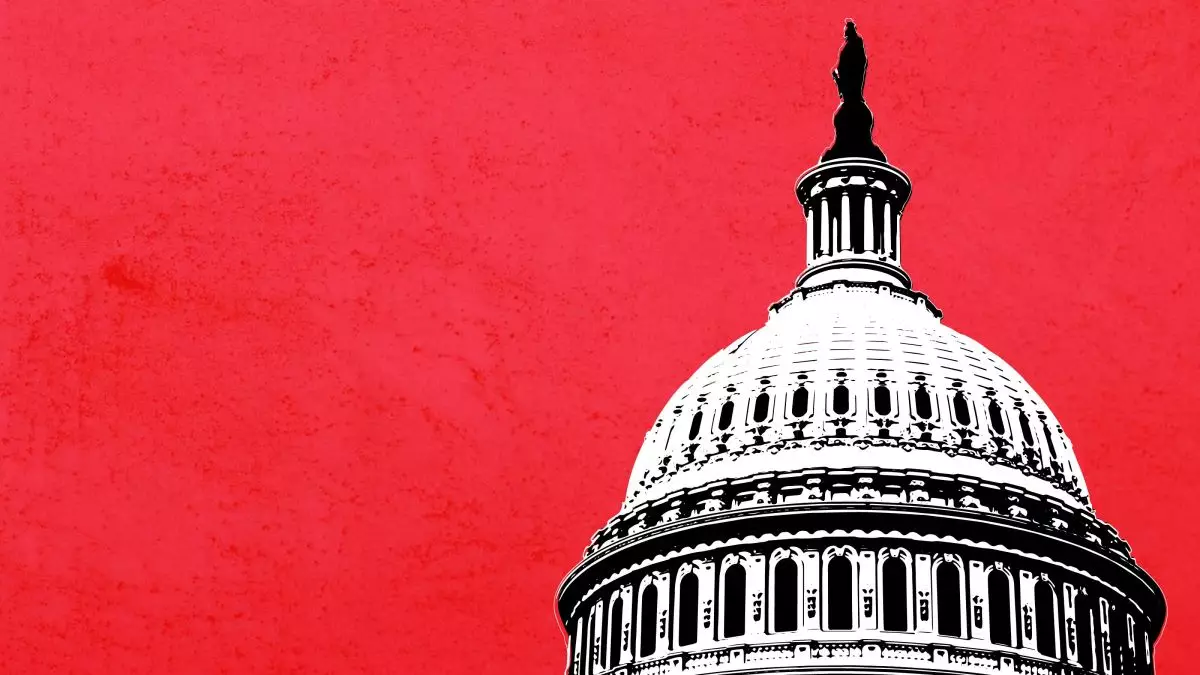The rapid evolution of artificial intelligence (AI) poses unprecedented challenges not only for technology but also for governance and public safety. A crucial player in this landscape is the U.S. AI Safety Institute (AISI), established under President Biden’s directive to prioritize the assessment of AI risks. However, the future of the AISI hangs in the balance, as its continued existence is threatened by potential political shifts and legislative inertia. This article explores the implications of the AISI’s current status, the urgency of congressional support, and the challenges that lie ahead.
The AISI was launched in November 2023 as part of a broader initiative to integrate safety considerations into AI development. Operating under the National Institute of Standards and Technology (NIST), the institute conducts essential research to identify and mitigate risks associated with the deployment of AI systems. Despite its foundational role, the AISI’s existence is contingent upon its formal authorization by Congress. This precarious situation emphasizes the vulnerability inherent in politically driven initiatives, raising questions about the sustainability of strategies addressing AI safety.
Experts, including Chris MacKenzie from Americans for Responsible Innovation, emphasize that the strength of the AISI lies not only in its resources but also in its legislative backing. A proposed repeal of the AI Executive Order by a future administration, particularly one that may be skeptical of government oversight in technology, could dismantle the AISI altogether. This precariousness underscores the urgent need for Congress to step in and authorize the institute definitively.
The AISI currently operates with a limited budget of approximately $10 million. In comparison to the vast financial resources of major AI firms in Silicon Valley, this amount appears minimal. MacKenzie highlights that congressional authorization could pave the way for increased and more stable funding. When governmental entities gain formal recognition, they typically receive higher budget priorities from Congress. This could ensure that the AISI is equipped to tackle the growing complexities of AI systems adequately, rather than remaining vulnerable to budget cuts or fluctuations from administration to administration.
However, securing this authorization is not without challenges. The Senate and House have introduced bipartisan bills aimed at solidifying the AISI’s framework. Still, these proposals face opposition from certain legislators, notably those who advocate for a reduction in diversity initiatives within the institute’s operations. This conflict highlights broader ideological divides in U.S. politics that can hinder progress in essential tech governance.
The potential dissolution of the AISI also has broader implications for America’s position in the global AI landscape. According to industry advocates, losing a government-led initiative like the AISI could compromise the U.S.’s leadership in AI safety and innovation. Recent international agreements to create a network of AI Safety Institutes—including members from countries such as Japan, Germany, and South Korea—illustrate a growing global recognition of the need for dedicated AI safety measures. If the U.S. falls behind its peers in promoting AI safety frameworks, it risks losing its competitive edge in this transformative technology.
Industry stakeholders, including representatives from major tech companies like OpenAI and IBM, have expressed their concern that dismantling the AISI could result in reduced U.S. influence over AI policy. They advocate for a proactive approach to ensure the nation’s interests are safeguarded while fostering innovation. As highlighted by Jason Oxman, effective congressional action can solidify the U.S.’s stance in the global AI race and affirm its commitment to responsible development.
The fate of the AISI reflects broader anxieties about AI’s rapid advancement and the need for a structured approach to safety. With Congress poised to make decisions that could either bolster or hinder the AISI, its future hangs in the balance. As technology evolves at breakneck speed, proactive legislative support and alignment among various stakeholders will be paramount. Ensuring the AISI’s survival isn’t simply about maintaining an institute; it is a crucial step towards safeguarding ethical standards and promoting responsible AI innovation in an increasingly complex global environment. The time for action is now, and the path forward hinges on collective commitment and engagement from all corners of the industry and government.

